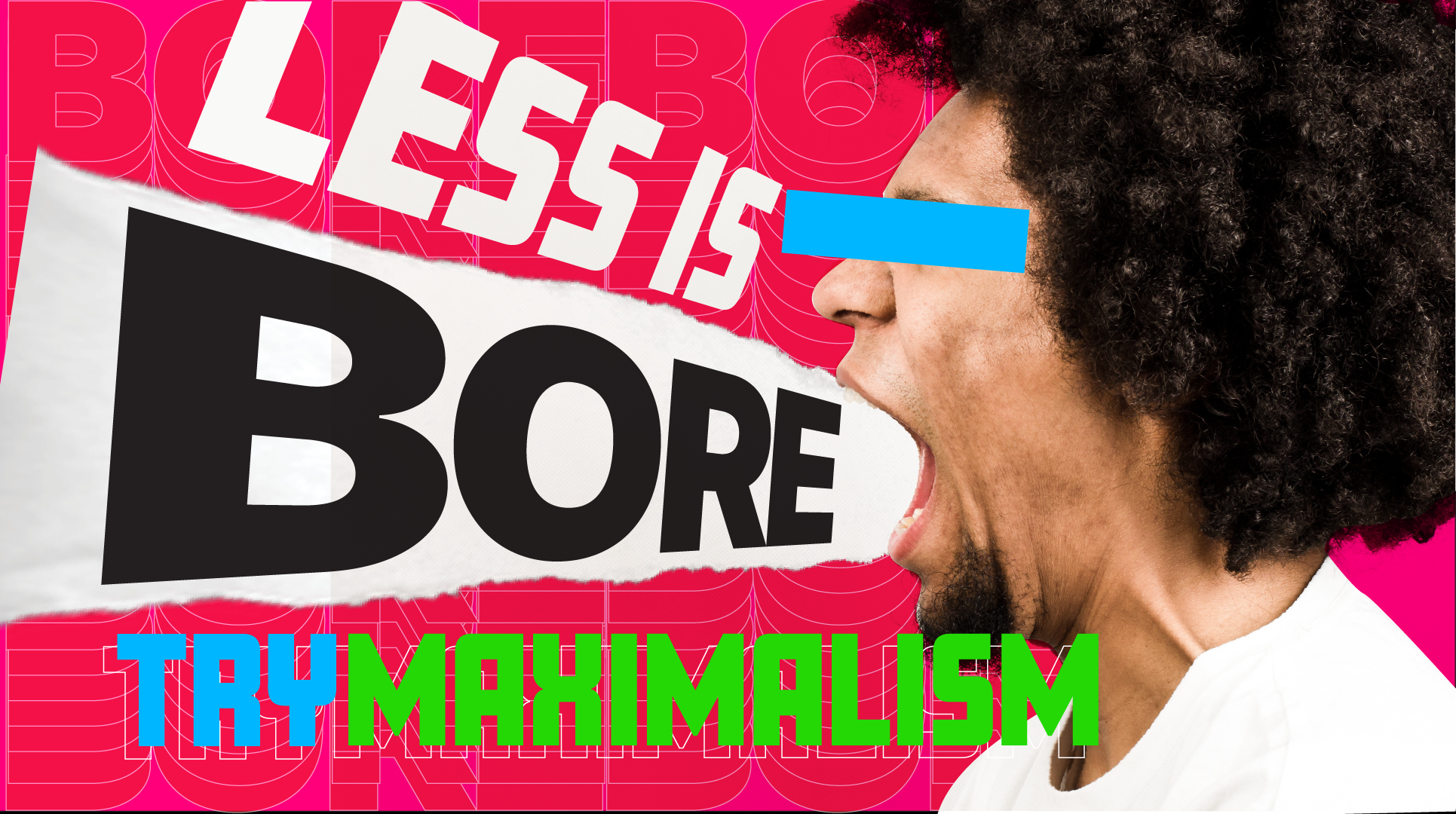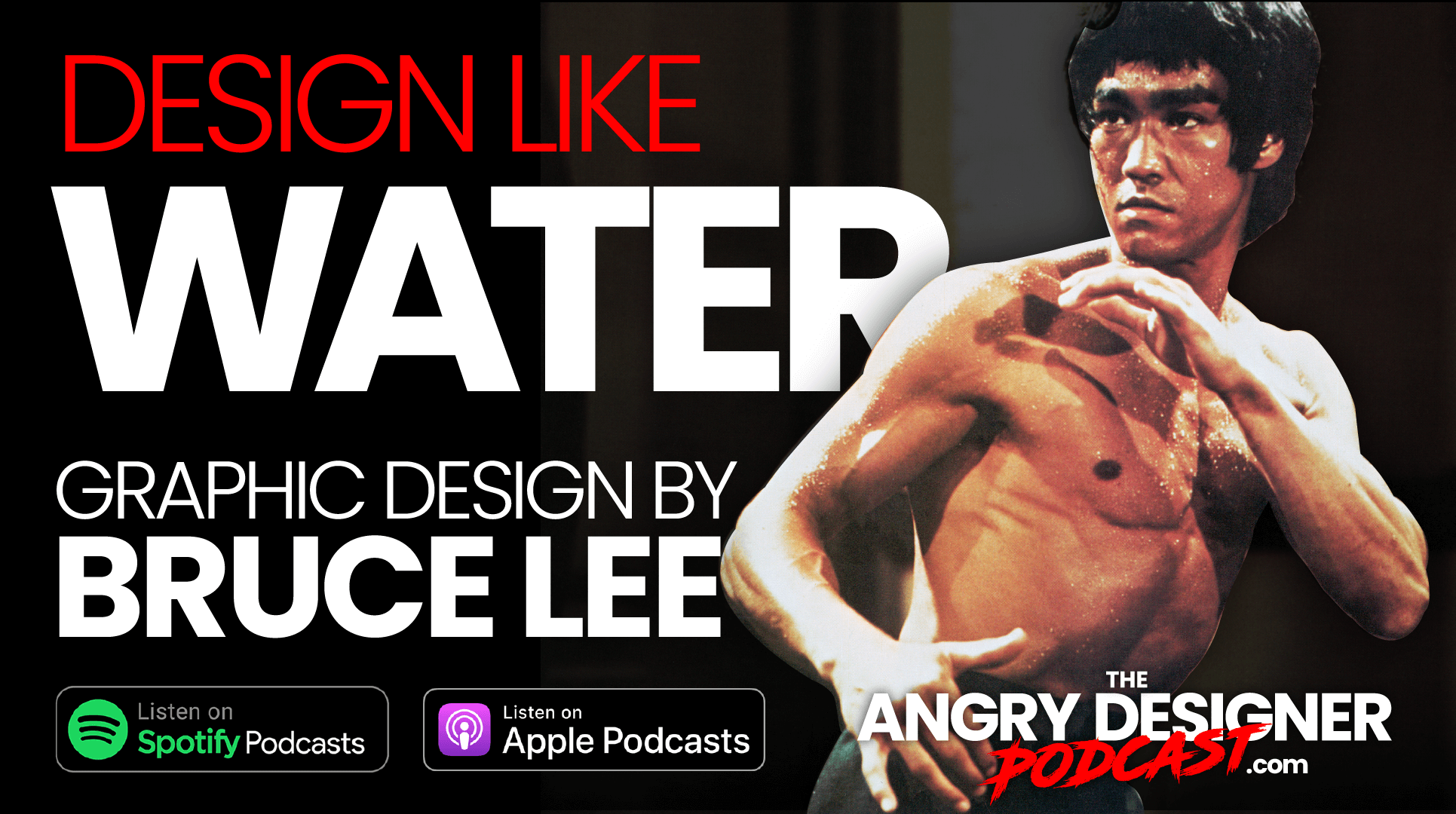New Pfizer logo smells like boloney: Dope or Nope?

Dope or Nope: the new Pfizer logo smells like boloney
Sometime, you really have to wonder if designers believe the boloney they dish out when they expect the general public, after looking at a logo for 5 seconds, actually get it?
Pfizer have been around since 1849 and they’d had the previous version of their logo since the 1940s. The old logo was instantly recognizable – you know the one, white text in a blue pill shape. We’ve all seen it, we all knew it was Pfizer.
And so, to launch a new logo in the middle of a pandemic, as the first brand to market with a vaccine, was certainly a ballsey move. To be totally honest, it seems like a bizarre thing to do.
So, without further ado, here’s our objective review of the new Pfizer logo and brand system…
According to Pfizer, the new logo has been released to reflect their evolution and shift from commerce to science.
But surely, as a pharmaceutical company, they have always been science based?! If not, what have they been doing all this time?! It’s a bulls**t statement that doesn’t measure up. And on top of that, their old logo was a pill – how much more scientific can you get?
And now to the logo itself. To be honest, we’re not impressed. The new logo more or less carries over the same font but a) where’s the pill? b) what are those two little inch worm ribbons?
The ribbons look like something off clip art. According to Pfizer, the two ribbons represent the expansion of the pill, evolving into a DNA helix. But how are people supposed to know that by looking at the image?
And, if you’ve got to explain in that much depth what your logo means…it blows. People aren’t going to look at it for long enough to figure out what the hell it is. It’s cheap, it’s flimsy, and it’s weak. It doesn’t carry over any of the brand’s history. It’s really disappointing.
Pfizer have been sold some BS, and they’ve bought it…probably for an eye-watering amount of money too.
Now, to be fair, there are some bits we don’t hate. We love the font and the whole word mark part in general. The small adjustments made to the previous version work really well. And we love what they’ve done to the letter Z. If the new word mark had been used inside the old pill design – great, that would’ve worked!
But why, why, why have they coupled it with the cheap looking ribbon? It’s sad. It hurst us as designers.
The problem is, they’ve worked on the digital first. They’ve designed for the execution. SO, if you look at the online stuff, the motions with the ribbons look cool. But when it’s flat and static like it is on the logo, it’s boring as f**k!
And then we come to the colours. The original, lighter blue was actually owned by Pfizer. It was tied to the brand – when you saw it, you thought ‘Pfizer’. This new, darker blue almost looks like a corporate, software blue. Not even a current one. It’s a like a software company from 20 years ago. That blue blows!
Frankly, we’re shocked that a big, billion-dollar company has gone with this logo. Our bet is that, within the next few years, they’ll drop those stupid ribbons and just keep the word mark. And that will be smart. Because the ribbon is not smart, it’s not solid, and it looks like a spring. It doesn’t convey a tried-and-true brand we can trust in.
Ok, now you’ve heard our rant, let’s critique the artwork subjectively:
A good logo should follow these five principles…
- It should be simple and shouldn’t require deep analysis
- It should be minimal
- It should be iconic, distinct, and reflect the brand
- It should be relevant and convey the right feelings to the right audience
- It should be timeless.
And here’s how the Pfizer logo performs against those criteria…
- Simple – FAIL. The logo has to be explained because the ribbons don’t make sense. It isn’t clear.
- Minimal – There are no drop shadows. It has two colours -but it needs the second colour to create the feeling of rotation. So, it could be more minimal, but it wouldn’t work. It’s almost there, but as it stands, a fail.
- Iconic – is that ribbon iconic? Hell no! Is the word mark iconic? YES! So stick with the word mark. They’re halfway there.
- Relevant – It’s relevant because it’s the helix DNA – but that isn’t clear from simply looking at the logo. So, in theory, it is relevant, but in practice, it isn’t.
- Timeless – if they’re creating it for digital first because that’s hot right now, it’s going to out-date itself. Why? Because it’s a trend. And most people will never see the digital version anyway. BUT – the word mark IS timeless.
The word mark is an evolution of the brand. But the ribbon is such a departure from the old pill, that it’s just not recognisable. It’s like they’ve taken the best part of the old logo and thrown it in with something shitty.
When they decide to drop the ribbons, we’ll be on board. But, for now, it’s a firm NOPE from us. Sorry Pfizer.
To hear more of our thoughts on the new Pfizer logo, head over to our latest podcast episode! And don’t forget to let us know what you think.


